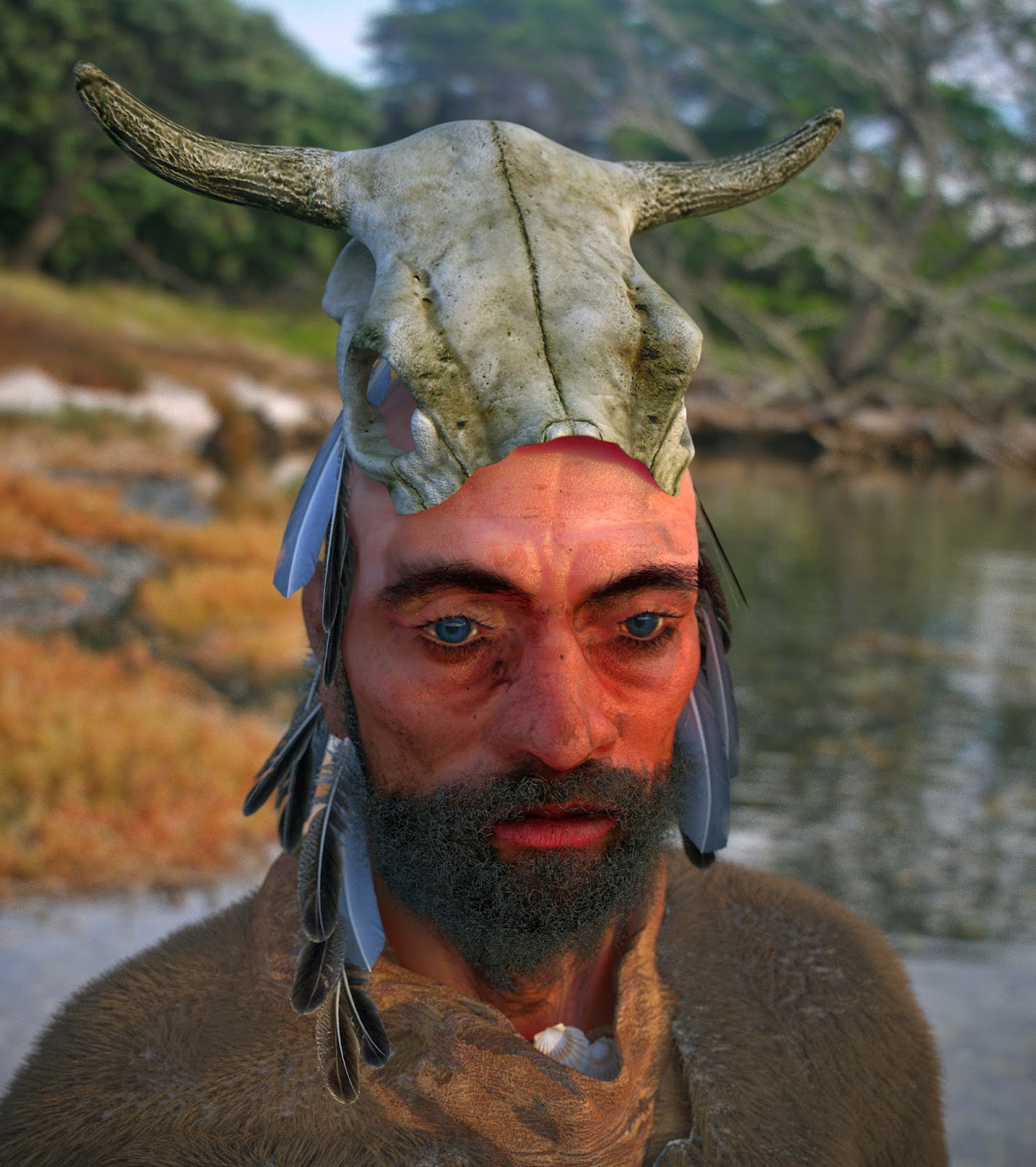 |
| Ducks at dawn on the Moss |
When Leighton Moss flooded at the end of the Great War the owners faced what might be termed a problem of rebranding. Between 1850 and 1918 the drained Moss had been known as "The Golden Valley"-- one of the most productive cereal-producing areas in Northern England. Then the drainage pump stopped and it was suddenly a lake. In about 1923 a well-known northcountry ornithologist, HW Robinson wrote a fascinating two page report titled 'Leighton Moss as a Wildfowl Reserve'.
But it wasn't a blue-print for an RSPB-style sanctuary for wildlife. It actually catalogued the potential of the Moss as a duck-shoot.
Robinson reported seeing four or five thousand duck in the air at once over the Moss.
"And on New Years Day, 1923, when frost had drawn all the denizens of the swamp into the open, these pools of open water were black with duck," he wrote.
"The vast packs of wigeon must be seen to be believed, and properly shot with three series of butts, the bag of wildfowl each season could total up to ten thousand head with at least three thousand snipe in addition."
These days it seems odd to hear an ornithologist discuss shooting with evident enthusiasm. But the line between birder and wildfowler in the 1920's and 1930s was much more blurred.
When the Moss went on to become a nationally famous duck shoot, one of the wildfowlers it attracted was the young Peter Scott, who liked to stay at the Ship Inn at Sandside while shooting at Leighton and across the River Kent at Brogden marsh.
When he was older Scott decided to sell his guns and concentrate on conservation. Eventually the RSPB bought the shooting rights to the Moss and called a halt to the shooting of duck locally.
More in the book -- just 29 days to the launch!










